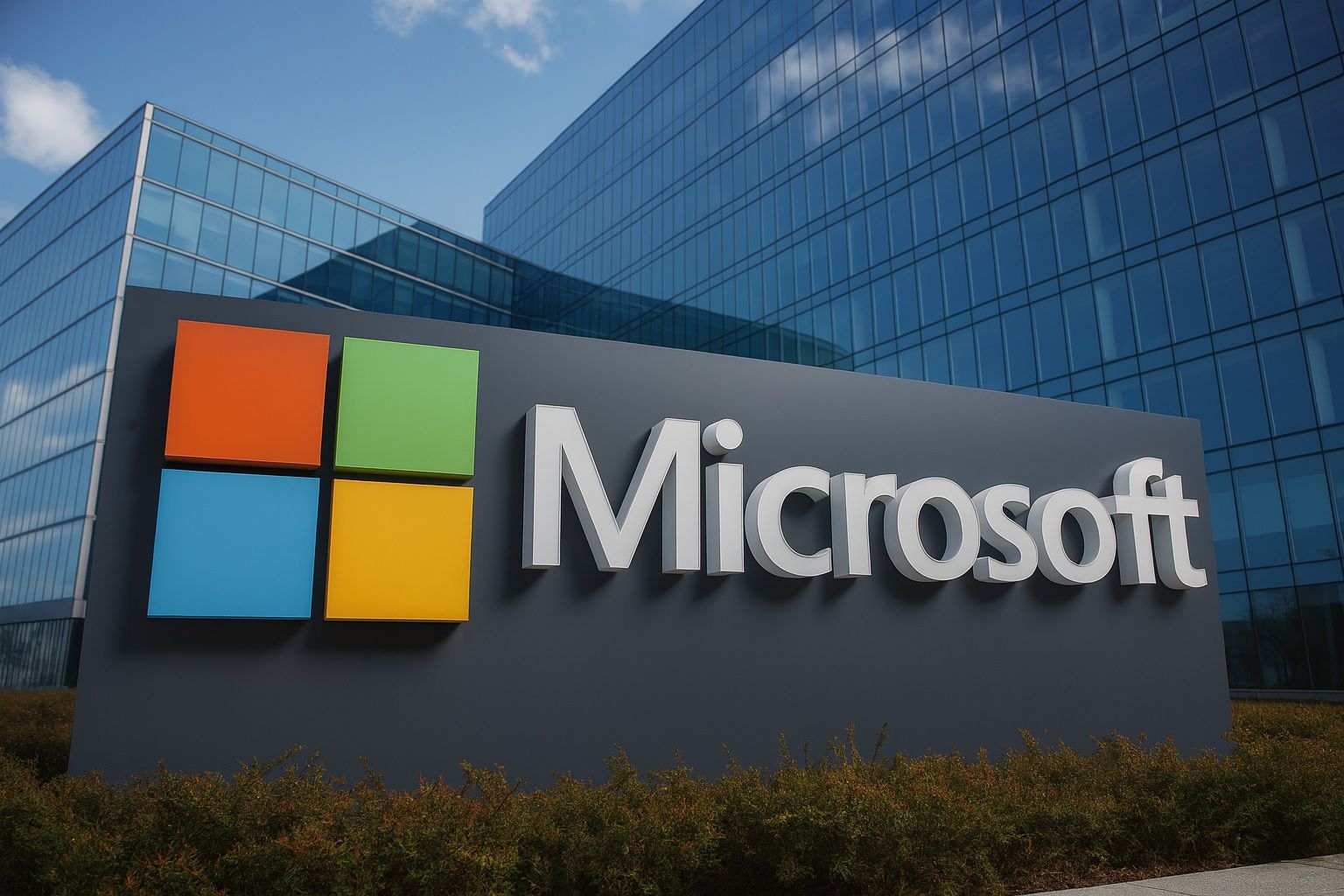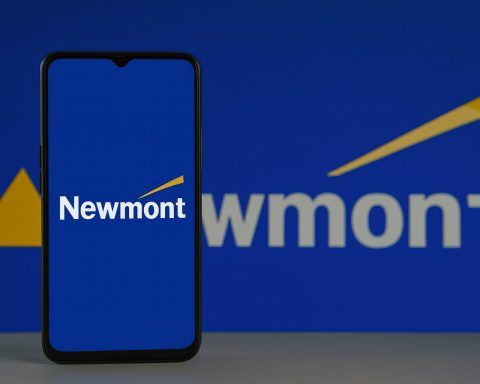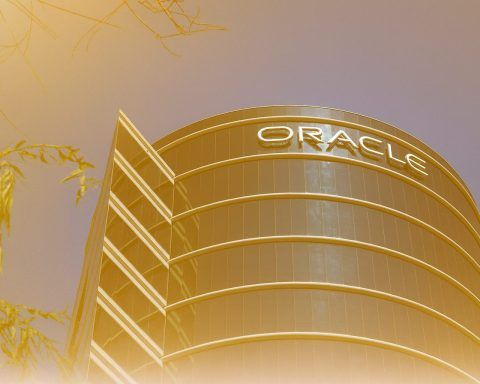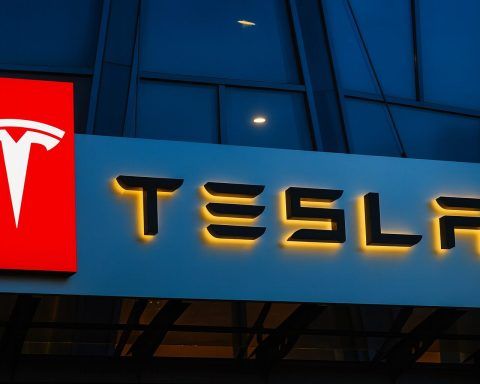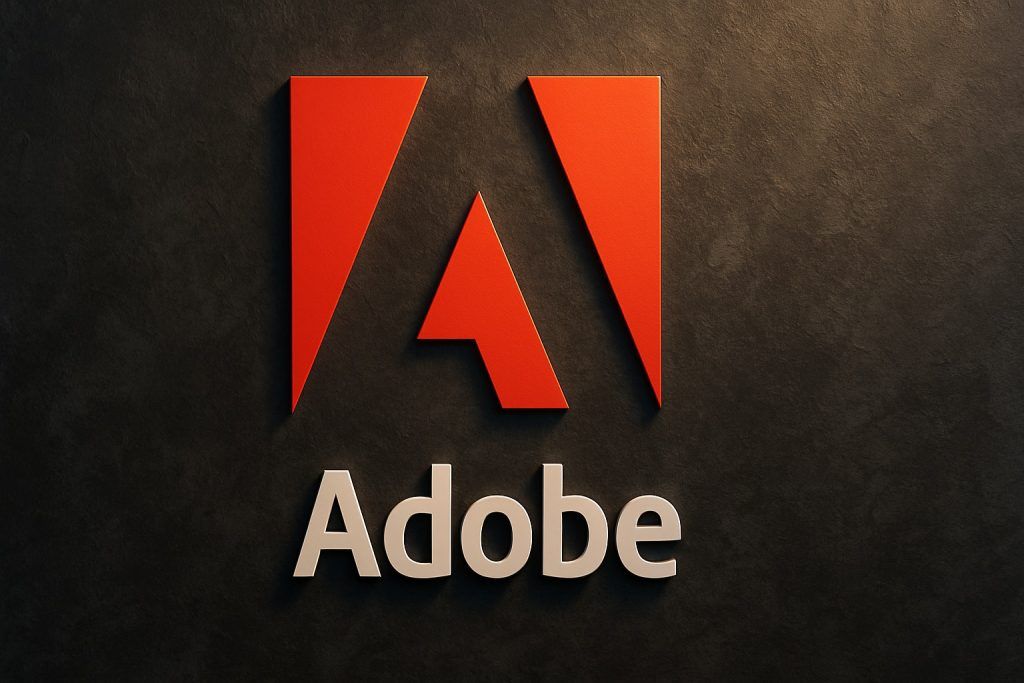- Stock at Record Levels: Microsoft (MSFT) shares are hovering near all-time highs around $545, briefly hitting an intraday peak of ~$553 on Oct. 28 and closing near $542 [1]. This puts Microsoft’s market capitalization above the $4 trillion mark, up about 25% year-to-date and 60% in the past 12 months, far outpacing the broader market [2].
- Earnings Jump & Cloud Boom: In its latest quarter (fiscal Q1 2026, ended Sept. 30), Microsoft is reporting double-digit growth driven by its cloud business. Revenue is estimated around $75–76 billion (roughly +15% year-over-year) with earnings per share near $3.65–$3.70 (up ~11% YoY) [3] [4]. Azure cloud sales remain the star – analysts pegged Azure’s growth as high as 38–39% (in constant currency), topping the company’s own guidance and last quarter’s 39% pace [5]. Microsoft had beat expectations in the prior quarter (Q4 FY2025) with $76.4 billion revenue (+18%) and 34% Azure growth [6], and this momentum appears to be carrying over.
- AI Deal Energizes Investors: A landmark OpenAI partnership unveiled this week has removed a key overhang for the stock. Microsoft reached a new deal restructuring OpenAI (maker of ChatGPT) that gives Microsoft a ~27% stake (worth ~$135 billion) in OpenAI’s for-profit arm and secures a $250 billion commitment for OpenAI to buy Azure cloud services [7]. The revised pact eases past uncertainties – allowing OpenAI to work with other cloud providers on some products while Microsoft retains core IP rights until 2032 [8] – and Wall Street cheered the news. MSFT shares jumped ~2% on Oct. 28 after the deal was announced, helping lift the Dow and S&P 500 to fresh record highs [9]. Barclays analysts noted the agreement “creates a solid framework for years to come and removes an overhang that has pressured shares in recent months,” expecting strong earnings to “put Microsoft back on investors’ radar” [10].
- Massive AI Investments: Microsoft is aggressively spending to seize the AI opportunity. The company signaled a record $30 billion in capital expenditures this quarter to expand its data centers for AI [11] [12] – outstripping analyst forecasts and potentially outspending rivals. In September, Microsoft signed a $17.4 billion deal for GPU supercomputing capacity with Nebius Group to secure over 100,000 Nvidia chips [13]. It also joined a BlackRock- and Nvidia-led consortium to acquire Aligned Data Centers for ~$40 billion, one of the largest data-center deals ever [14]. “With this investment in Aligned…we further our goal of delivering the infrastructure necessary to power the future of AI,” BlackRock CEO Larry Fink said of the mega-deal [15]. These moves ensure Microsoft can meet surging cloud demand, and CFO Amy Hood insists the heavy spending is backed by “contracted, on-the-books” customer demand [16]. Microsoft’s new AI-powered services are already gaining traction – the Microsoft 365 “Copilot” AI assistant has attracted 100+ million users within months of launch [17].
- Analysts Uber-Bullish, Eyeing $600+: Wall Street sentiment on Microsoft is overwhelmingly positive. Nearly 99% of analysts rate MSFT a “Buy,” with price targets clustering around $580–$600 – about 10–15% above current levels [18] [19]. Guggenheim upgraded Microsoft to “Buy” this week with a $586 target (citing multiple long-term growth drivers) [20], and Morgan Stanley recently hiked its target to $625, naming Microsoft its top software pick thanks to “strong positioning across generative AI, enterprise cloud migration and cybersecurity” [21]. Even long-time bulls like Wedbush’s Dan Ives see a path for Microsoft to approach a $5 trillion valuation as AI investments translate into new revenue streams [22]. “Microsoft’s leadership in cloud and AI gives it multiple growth engines for years to come,” notes Guggenheim’s John DiFucci [23]. Traders and investors on social platforms have also been buzzing about Microsoft’s AI momentum, with many calling it a “must-own” stock in the AI era.
- AI Everywhere – Products & Strategy: CEO Satya Nadella is reorienting the entire company around AI. In October, Microsoft rolled out new Surface PCs with built-in AI Copilot assistants, including its first 5G Surface Laptop, showcasing how Windows is being infused with generative AI [24]. The company is also localizing AI services – for example, hosting Microsoft 365 Copilot in new regional cloud centers (like in the UAE) to meet data residency needs and court enterprise adopters [25]. To accelerate this transformation, Nadella shook up Microsoft’s leadership: he promoted longtime cloud exec Judson Althoff to “CEO of Commercial Business,” freeing Nadella to focus on “our highest ambition technical work” – cutting-edge AI, infrastructure and product innovation [26]. “We are in the midst of a tectonic AI platform shift… we must build the new frontier,” Nadella told employees, underlining Microsoft’s commitment to AI [27]. Even the Xbox gaming division is adapting: this month Microsoft unveiled an elite $999 “Xbox Ally X” handheld and hinted the next Xbox will be an AI-powered, premium console, part of a broader strategy to integrate AI into content and hardware for a richer gaming ecosystem [28].
- Regulatory & Market Context: Microsoft’s dominance is drawing regulatory scrutiny even as it navigates past issues. In Europe, the company struck a deal to unbundle Teams from Office 365 in response to EU antitrust pressure, offering standalone Office versions without Teams to avoid hefty fines [29]. In the U.S., however, a new class-action lawsuit filed in October alleges Microsoft’s exclusive partnership with OpenAI is anti-competitive and inflating AI service costs [30]. Microsoft disputes this, arguing its OpenAI deal “promotes competition” and innovation in AI [31]. Meanwhile, macroeconomic tailwinds are benefiting Big Tech stocks. Investor optimism has been bolstered by cooling inflation and expectations that the Federal Reserve will cut interest rates, improving the outlook for high-growth tech firms [32]. Indeed, the Nasdaq and S&P 500 have surged to record highs in recent days, fueled by megacap tech gains and AI euphoria [33]. Microsoft – as one of the “Magnificent Seven” tech giants – has been a key driver of this rally and now comprises a significant weight in major indexes [34]. (Notably, chipmaker Nvidia just became the first company ever to hit a $5 trillion valuation this week on its own blowout AI demand, underscoring how dramatically AI is reshaping market leaders [35].)
Microsoft’s Earnings: Strong, But Is the AI Hype Justified?
As Microsoft’s first-quarter results roll in, the company is demonstrating robust growth and profitability even amid its heavy investment spree. Profit margins remain healthy for now, and the company returned substantial cash to shareholders (over $9 billion last quarter via dividends and buybacks) – showing it can reward investors while spending aggressively [36]. On the earnings call, analysts will be laser-focused on Azure’s growth rate and forward guidance. Microsoft had guided to ~37% Azure growth for this quarter, above consensus forecasts [37], and early numbers suggest AI workloads are indeed driving a meaningful revenue bump. Any signs of slowing cloud momentum or overshooting expenses could rattle investors, but so far Microsoft’s AI bet appears to be paying off. “The bar was set really high… and they delivered,” said one portfolio manager, noting Microsoft executed well in a demanding environment [38].
The broader question on everyone’s mind: how long can the AI-fueled boom last? Microsoft’s leadership asserts that we are just in the “early innings” of an AI transformation across industries. “As AI becomes more efficient and accessible, we will see exponentially more demand,” CEO Nadella recently predicted [39] [40]. The company is positioning itself as an indispensable AI platform for both consumers and enterprises – from AI copilots in Office and Windows, to Azure services hosting a growing menagerie of advanced models (OpenAI’s models, Meta’s Llama 2, and even Elon Musk’s xAI models). This diversified “AI stack” strategy gives Microsoft multiple ways to monetize the AI trend over the long term.
That said, some experts urge caution against irrational exuberance. A MIT study found that only ~5% of corporate AI projects to date have delivered measurable benefits, with many pilots failing to scale [41]. Even tech leaders like OpenAI’s own co-founder Andrej Karpathy have warned that parts of today’s AI craze feel overhyped: “The industry is making too big of a jump… it’s not [all] amazing, it’s slop,” he quipped earlier this month [42]. Microsoft’s staggering $30+ billion in quarterly AI spending – and the $1 trillion in cloud deals OpenAI has inked with various providers [43] – reflect a ferocious race to dominate AI, but also raise the stakes. If the returns on AI investment don’t materialize as quickly as hoped, these lofty valuations could face pressure.
For now, however, investor sentiment remains decisively bullish. Microsoft’s stock is benefiting from a potent one-two punch of strong current financials and a compelling growth narrative. The company sits at the center of several secular trends – cloud computing, AI, and even gaming – and is executing well across the board. “We believe the company is set up well to outperform for the rest of this year,” one strategist said, echoing the prevailing market view [44]. With its October rally, Microsoft has rejoined Apple in the exclusive $4 trillion club and reminded Wall Street why it’s long been considered a bellwether of tech. The coming months will test whether Microsoft can keep meeting the sky-high expectations it has now set – but for the moment, MSFT looks firmly in control of its narrative, riding the AI wave to new heights.
Sources: Microsoft Investor Relations [45] [46]; Reuters [47] [48] [49]; CNBC; Bloomberg; TechStock² (ts2.tech) [50] [51]; GeekWire [52] [53]; Yahoo Finance; etc.
References
1. ts2.tech, 2. ts2.tech, 3. www.geekwire.com, 4. www.geekwire.com, 5. www.geekwire.com, 6. ts2.tech, 7. ts2.tech, 8. ts2.tech, 9. www.reuters.com, 10. www.reuters.com, 11. www.reuters.com, 12. www.reuters.com, 13. ts2.tech, 14. ts2.tech, 15. www.reuters.com, 16. ts2.tech, 17. ts2.tech, 18. www.gurufocus.com, 19. ts2.tech, 20. www.gurufocus.com, 21. ts2.tech, 22. ts2.tech, 23. ts2.tech, 24. ts2.tech, 25. ts2.tech, 26. ts2.tech, 27. ts2.tech, 28. ts2.tech, 29. ts2.tech, 30. ts2.tech, 31. ts2.tech, 32. www.reuters.com, 33. www.reuters.com, 34. www.bloomberg.com, 35. www.reuters.com, 36. ts2.tech, 37. www.reuters.com, 38. www.reuters.com, 39. www.reuters.com, 40. www.reuters.com, 41. www.reuters.com, 42. www.reuters.com, 43. www.reuters.com, 44. ts2.tech, 45. news.microsoft.com, 46. news.microsoft.com, 47. www.reuters.com, 48. www.reuters.com, 49. www.reuters.com, 50. ts2.tech, 51. ts2.tech, 52. www.geekwire.com, 53. www.geekwire.com
